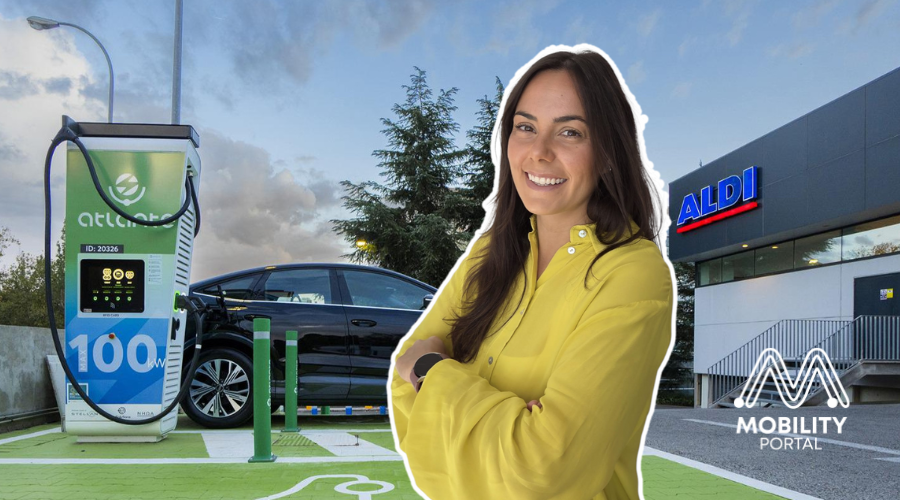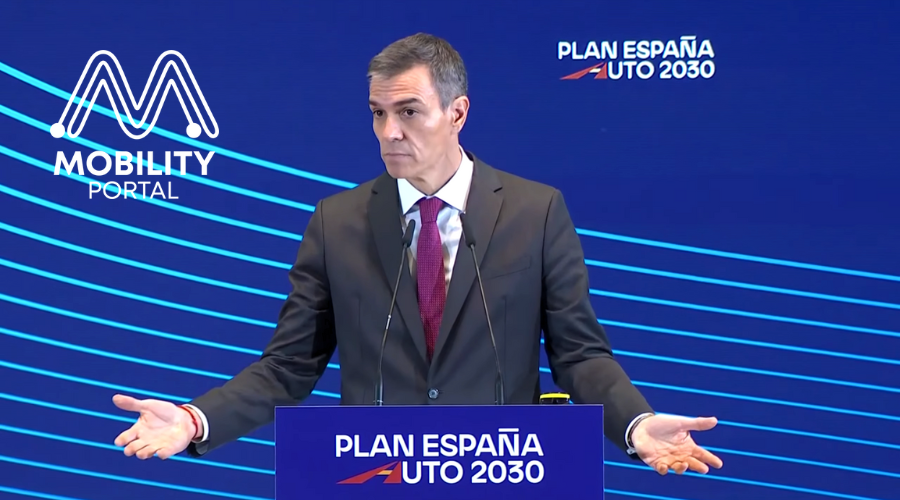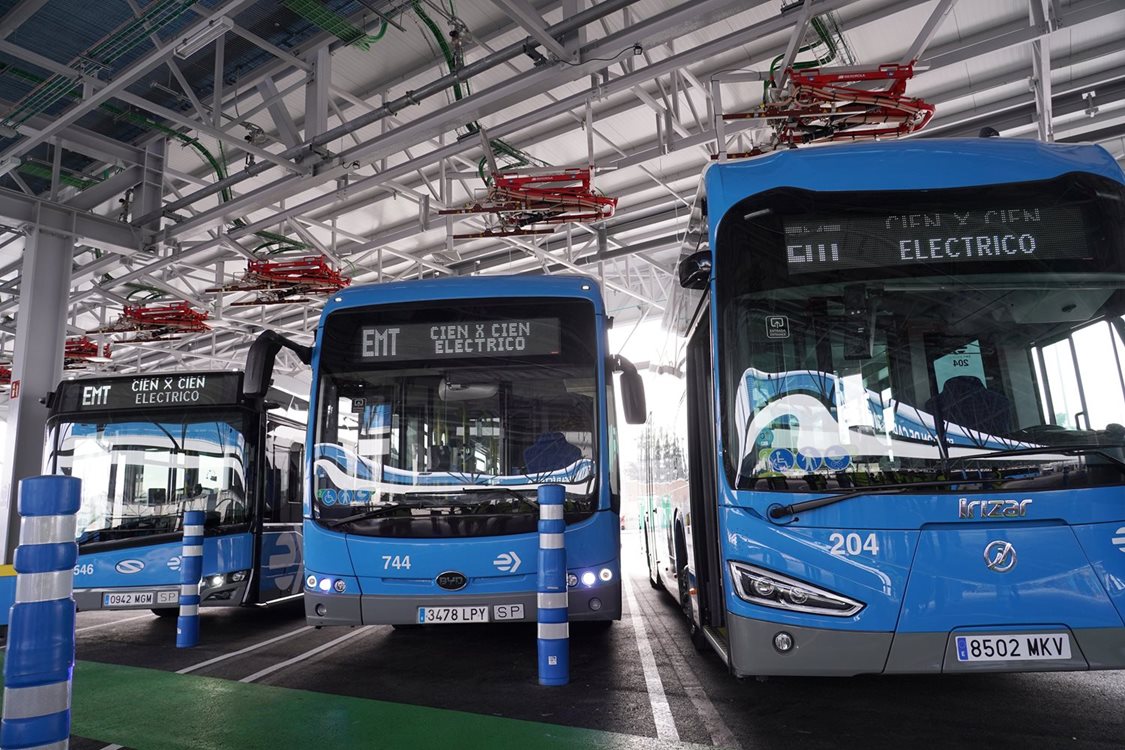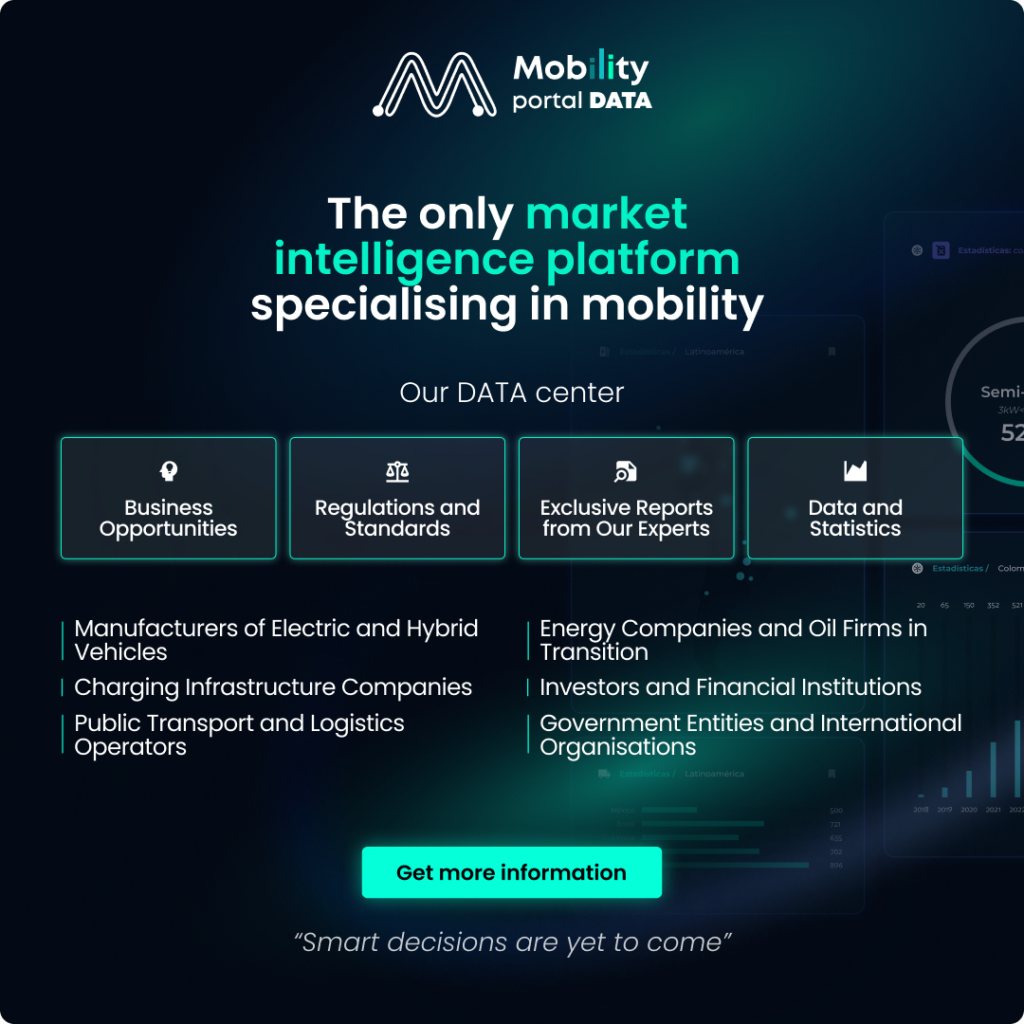The thriving state of Guanajuato is entering a new industrial phase that offers significant opportunities for the eMobility sector, following this week’s publication in the Diario Oficial de la Federación of the declaration of the “Polo de Desarrollo Económico para el Bienestar Puerta Logística del Bajío”.
The Mexican government had already given the starting signal for a new phase in automotive development this year with the designation of these “Development Hubs”, part of the “Plan México” initiative aimed at attracting investment through an aggressive package of tax incentives.
As previously reported by Mobility Portal Latin America, Guanajuato is not starting from scratch.
Over the past decade, the state has emerged as a production hub of continental significance. In 2024, it reached a record figure with over 913,000 light vehicles assembled and became the second-largest auto parts producer in the country.
More importantly, its transition to electric mobility is already under way.
Sales of electrified vehicles rose by an impressive 94.5% in 2024, with a marked acceleration in the adoption of fully electric vehicles (BEVs), according to the Electromobility Mapping published by Clúster Industrial.
This market dynamism is supported by a solid production base: Toyota is already manufacturing its Tacoma HEV in the state, while Ford operates its advanced Electric Powertrain Centre in Irapuato, dedicated to producing key components such as electric motors and transaxles.
Guanajuato: the leading edge of eMobility to watch closely
According to Raúl Moreno, a consultant specialising in electromobility, this strength in the auto parts industry is the state’s main asset.
“Guanajuato is already a pillar of the automotive industry. It has a very robust ecosystem of manufacturing, suppliers and research centres,” he states.

This industrial infrastructure, which includes more than 40 direct suppliers for the eMobility value chain, forms the fertile ground on which new incentives aim to sow future investment.
The legal framework of the Development Hubs offers benefits designed to accelerate decision-making.
According to the government provisions now available to eMobility companies investing in Guanajuato, “those carrying out productive economic activities within the Economic Development Hubs for Well-being (…) shall benefit from a 100% immediate deduction on investments in new fixed assets for the purposes of income tax determination, during the fiscal years 2025, 2026, 2027, 2028, 2029, or 2030.”
This, the decree states, is “so they may access financial resources in advance and recover the capital invested in machinery, equipment, infrastructure, among others.”
In addition, an extra 25% deduction is granted for expenditure on staff training, aimed at addressing the technical skills gap.
The incentive scheme expressly excludes the production of “vehicles powered by internal combustion engines”.
According to Moreno, these measures could be the definitive push for both local and national eMobility industries.
“Access to tax incentives and regulatory support can accelerate the transition to electric mobility. This could help attract investment and allow Guanajuato to establish itself definitively as an eMobility hub as well,” he explains.
Beyond public policy: the bottlenecks
Covering nearly 400 hectares, the Bajío Industrial Park, located in the municipality of Zinapécuaro, is strategically positioned on the Guadalajara–Mexico City highway and just five kilometres from Morelia International Airport, making it a strategic bonded area or dry port.
However, for the state to establish itself as a “key node”, the vision must go beyond the powertrain.
Alfredo Arzola, Director of the Guanajuato Automotive Cluster (CLAUGTO), warns that public policies must be more comprehensive, addressing “emissions, energy efficiency and, above all, shared transport and new mobility”.
This vision is reinforced by structural challenges that tax incentives alone cannot overcome.
“One limiting factor is energy capacity: without expanding the electrical infrastructure, the industry will not be able to compete,” he notes in an interview with this outlet.
Arzola also underscores the urgent need to “develop the human talent required by the automation and digitalisation of the new industry.”
This view is shared by Moreno, who concludes that Guanajuato’s success will depend on the strategy that accompanies the fiscal benefits.
“In any case, this requires more than just incentives. It requires vision, coordination—a public policy that connects industrial development with sustainability. The question is not whether it can be done, but whether they are willing to build it,” he summarises.
DISCOVER MOBILITY PORTAL DATA
Discover Mobility Portal Data, a new exclusive market intelligence platform offering reliable data and key reports to support smart decision-making across the automotive sector — covering both combustion and electric vehicles, as well as charging infrastructure.
Research, trend analysis, and neatly organised statistics presented with clarity and precision, alongside up-to-date insights — all just one click away.
With Mobility Portal Data, good decisions are on the horizon.
READ MORE
-
Atlante y su “modelo híbrido”: generación, almacenamiento y recarga ultrarrápida para un sistema más resiliente
Atlante acelera su despliegue en España y en diálogo con Mobility portal, Inés Mackey, Chief of Staff de Atlante Iberia define las prioridades de la empresa y su apuesta por la interoperabilidad de la mano de Charge League.
-
Spain Auto 2030: a point-by-point look at the plan set to redefine the eMobility landscape
Spain has entered a new phase in its industrial strategy for electric mobility. The Government has unveiled Spain Auto 2030, a roadmap designed to mobilise €30 billion over the next five years, reshaping the centre of gravity of the electric vehicle market through fresh incentives, a centralised management model, targeted investment in charging infrastructure and…
-
EMT Madrid licita 120 nuevos buses eléctricos: inversión de 79,35 millones y entregas entre 2026-2027
Con esta incorporación, Madrid refuerza su estrategia de descarbonización y consolida una de las flotas eléctricas urbanas más grandes de Europa.









